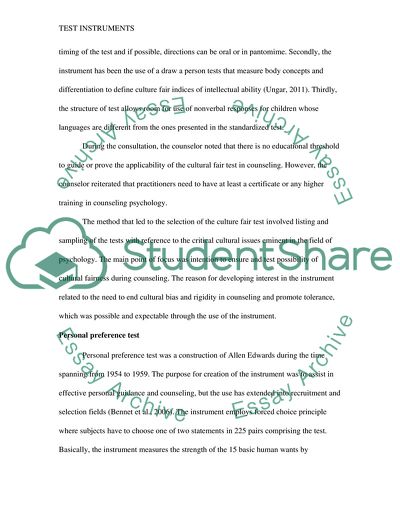Cite this document
(“Assessment, Measurement, and Research Assignment”, n.d.)
Assessment, Measurement, and Research Assignment. Retrieved from https://studentshare.org/education/1828521-assessment-measurement-and-research
Assessment, Measurement, and Research Assignment. Retrieved from https://studentshare.org/education/1828521-assessment-measurement-and-research
(Assessment, Measurement, and Research Assignment)
Assessment, Measurement, and Research Assignment. https://studentshare.org/education/1828521-assessment-measurement-and-research.
Assessment, Measurement, and Research Assignment. https://studentshare.org/education/1828521-assessment-measurement-and-research.
“Assessment, Measurement, and Research Assignment”, n.d. https://studentshare.org/education/1828521-assessment-measurement-and-research.


